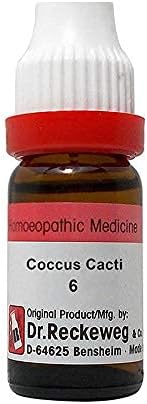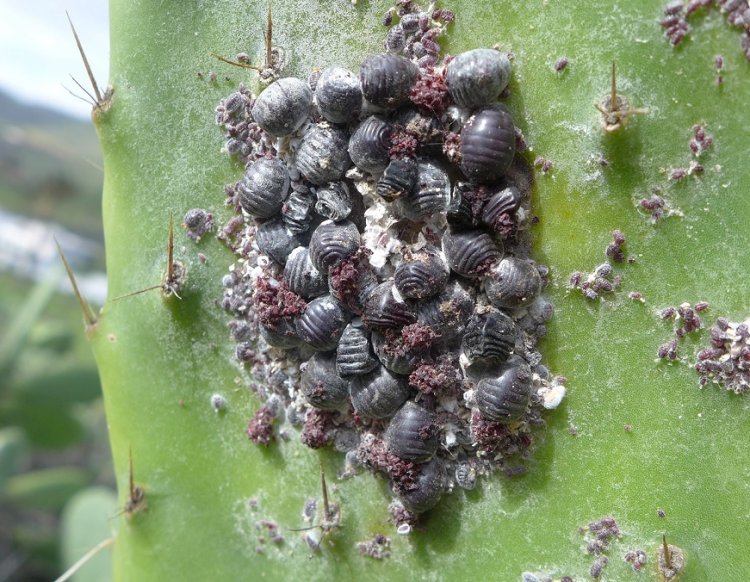Coccus Cacti (Coc-c.) emerges as a significant remedy within the sphere of homeopathy, particularly in cases of cough, notably pertussis (whooping cough), accompanied by distinctive thick or stringy discharges from mucous membranes. A notable characteristic is the exacerbation of symptoms during Winter, cold weather, and exposure to open air, intriguingly contrasted by an aggravation in warm indoor environments.
The remedy Coc-c. is marked by a range of throat symptoms, encompassing rawness, scraping sensations, or tickling that is further exacerbated upon experiencing warmth while in bed. A peculiar symptom involves the sensation of a crumb in the throat, inciting bouts of cough. The expectoration of thick, tenacious mucus stands as a hallmark feature.

Coc-c. finds its clinical significance in addressing coughs arising from throat or chest irritation, often accompanied by a tickling sensation. Intriguingly, even routine activities like brushing teeth or rinsing the mouth can trigger this distressing cough. Remarkably, the cough is ameliorated by the consumption of cold drinks or exposure to cold air. Paroxysms of cough, at times leading to retching, vomiting, or choking, are indicative of the remedy’s applicability. Moreover, the distinctive feature of a racking cough culminating in the expulsion of clear, ropy mucus is noteworthy. Coc-c. has shown efficacy in managing types of pertussis, marked by its characteristic stringy mucus expectoration.
Notably, Coc-c. extends its influence to the domain of hearing impairment associated with thickened mucus. Moreover, its therapeutic role extends to cases of renal colic, characterized by sharp, shooting pains traversing from the kidneys to the bladder, warranting its consideration in this clinical context.

Geographical Context
The geographical context that underpins the therapeutic profile of Coccus Cacti remedy finds resonance in regions where climatic variations influence health dynamics. Native to arid and semi-arid environments, particularly prevalent in parts of North America, Mexico, and Central America, the cactus plant from which Coc-c. is derived thrives in these locales. The remedy’s affinity for exacerbation of symptoms in cold weather aligns with the often chilly nights experienced in desert regions, while its paradoxical aggravation in heated rooms reflects the artificial warmth sought during cooler periods. This geographical synchronicity mirrors the remedy’s predisposition to respiratory afflictions, especially coughs marked by thick and stringy mucous discharges. By discerning the geographical context in which Coccus Cacti remedy flourishes, homeopathic practitioners gain insights into its therapeutic potential and its applicability in managing ailments prevalent in these regions.
In the realm of homeopathy, the Coccus Cacti remedy assumes a noteworthy position, particularly for its effectiveness in managing various manifestations of cough, most notably pertussis, where its signature characteristics of stringy, ropy mucus expectoration find a distinctive place. The remedy’s unique geographical context aligns with an exacerbation of symptoms in cold weather and a paradoxical response to indoor warmth. By understanding and harnessing the intricacies of the Coccus Cacti remedy, the domain of homeopathic treatment opens doors to more nuanced and effective interventions for respiratory ailments, embodying the essence of holistic healthcare.

